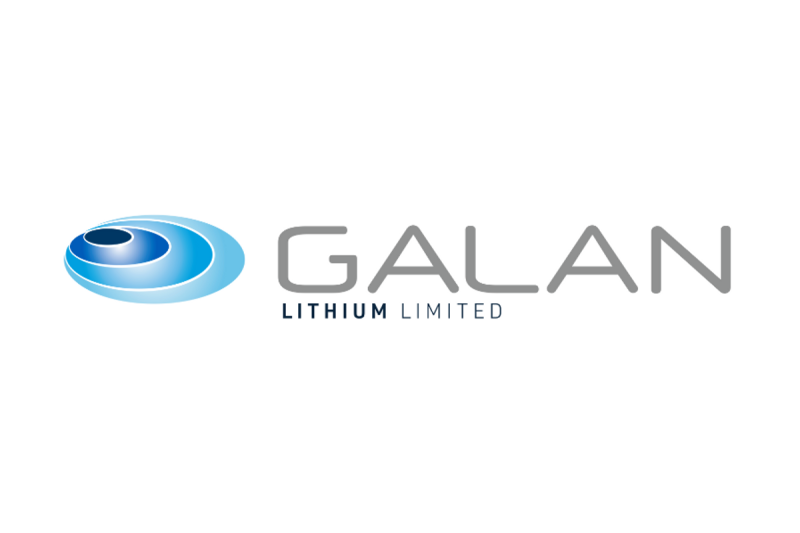As we delve deeper into the latest developments of the lithium industry, we venture into the exciting progress being made in the filling of HMW (High Magnesium Waters) Pond 2, marking a significant step forward on the lithium chloride production journey.
The filling of HMW Pond 2 demonstrates an active effort to increase lithium production in response to the escalating global demand for this precious metal. Lithium, a vital commodity in the production of batteries for electric vehicles and renewable energy storage, is in high demand. This global clamour for lithium provides an opportunity for the industry to revamp its production strategies, and the commencement of the filling of HMW Pond 2 is an apparent embodiment of such efforts.
One important feature of this operation is the unique method applied in extracting lithium from the brine, also known as salar. This operation utilises advanced extraction technology, which employs the use of solar and wind energy. By leveraging renewable energy sources, the process aims to minimize the environmental impact conventional lithium extraction methods tend to have. This reflects the industry’s alignment with the global consciousness towards a cleaner, more sustainable future.
Furthermore, the filling of HMW Pond 2 does not only signify a step towards meeting the global demand for lithium, but it also represents the intersection of economic growth and technological innovation. It pioneers new methodologies, and in such, sets a benchmark for sustainable battery metal extraction – a crucial element for the successful transition towards greener technology in various sectors.
The operation also has promising economic implications. With the commencement of the filling of HMW Pond 2, lithium production is set to reach new heights. This anticipates an increase in employment opportunities and points to a brighter outlook for the socio-economic status of the regions surrounding the operation.
Moreover, the lithium chloride produced from filling HMW Pond 2 is expected to be of high grade. This enhances the value of the product and its competitiveness on the global market. High-grade lithium chloride is an essential component in lithium-ion batteries, which powers not only electric vehicles but also a number of electronic devices, including laptops, mobile phones, and power tools.
The filling of HMW Pond 2 is an operation enforceable on a large scale. Its filling capacity is estimated to be considerably vast, indicating the volume of lithium chloride that can be produced.
Lastly, it’s essential to highlight the potential this operation has in revolutionizing the industry by integrating sustainable practices. The utilization of renewable energy for the extraction process is a strategic move that can pivot the industry towards a more sustainable path, setting a precedent for future lithium exploration and extraction.
Undeniably, the filling of HMW Pond 2 is instrumental in the continuous journey of lithium chloride production. As the world gravitates towards renewable energy and electric transportation, the demand for lithium is set to skyrocket, making operations such as HMW Pond 2 pivotal for shaping the course of these evolving sectors.




